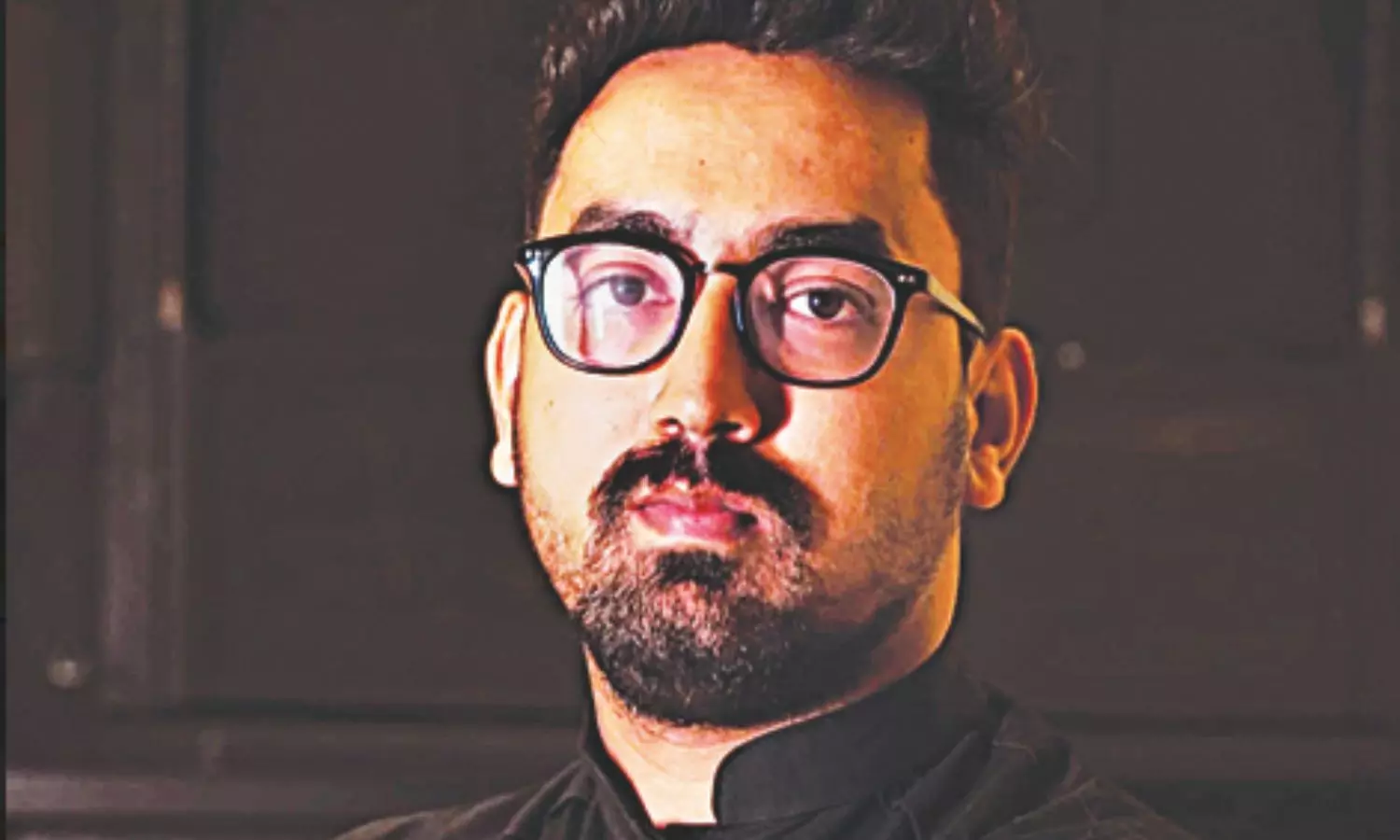(In)edible Call Of The Valley
Chefs and food experts warn about tech’s role in taste and trust, also when food gets to real or too fake then we cross the ‘culinary uncanny valley’

As high-tech aesthetics take over our plates, chefs and diners alike are grappling with an unsettling question — can food look perfect and still feel real?
The Rise of the Food Uncanny
In a world where meals are meticulously plated, meat is lab-grown, and Instagram feeds overflow with flawless food images, we may have crossed into a culinary uncanny valley. Originally a term from robotics, the "uncanny valley" describes the eerie discomfort people feel when something artificial looks almost — but not quite — human. Now, the same unease is creeping onto our plates. Dishes that appear too symmetrical, textures too smoothed by 3D printing, and menus engineered by artificial intelligence are beginning to provoke a subtle dissonance in diners.
What happens when food begins to feel more synthetic than soulful?
Dishy Discomfort
The evolution of food aesthetics has long been celebrated — from nouvelle cuisine in the ’70s to molecular gastronomy in the early 2000s. But today’s technological advances in food design and digital media have pushed the boundaries even further. Food influencers deploy CGI to create impossible visual illusions of melting desserts or floating sushi rolls. AI-generated recipes use complex data to predict what we’ll like before we taste it. And in high-end restaurants, dishes can resemble art installations more than meals.
Tipping Point
For some, this signals innovation. For others, it’s a tipping point. “There’s a fine line between elevating food and sterilizing it,” says Kavya Menon, a food consultant and culinary anthropologist. “When flavor takes a backseat to perfection, when aroma is sacrificed for aesthetics — that’s when food stops feeling nourishing. It becomes uncanny.”
Chef’s Perspective: Where Memory Meets the Plate
Chef Prince Thakur, who curates modern Indian tasting menus at establishments like Masala Library and Ekaa Mumbai, has experienced this phenomenon firsthand. “As someone who curates modern Indian tasting menus and works in the fine dining space, I’ve always believed that food is as much about memory and emotion as it is about technique and presentation,” Thakur says. “But recently, I’ve sensed a growing tension — a dissonance — between what food looks like and how it makes us feel.”
He points to the rise of eerily perfect plating, hyper-symmetrical desserts, and meat substitutes with uncannily smooth textures. “We’re now seeing dishes that are so visually flawless, so hyper-engineered, that they start to feel sterile. Almost robotic.”
The Human Element of Imperfection
The concern isn’t just about artifice — it’s about losing touch with the human roots of food. Thakur highlights the emotional value of imperfection: “There’s beauty in a handmade roti that’s not perfectly round. There’s soul in a chutney that tastes slightly different every time because your grandmother never measured the ingredients. These are sensory cues of authenticity.”
That authenticity is under threat as CGI, AI, and synthetic ingredients replace traditional cooking techniques. “When we replace them with machine-generated meals, AI-led menu planning, and CGI-enhanced presentations, we’re not just shifting aesthetics — we’re shifting trust,” Thakur warns.
Tech’s Role in Taste — and Trust
In many commercial kitchens, technology now plays a pivotal role. Software can suggest ingredient combinations based on data trends. Robotics can automate plating with millimeter precision. Even in fast food, AI systems predict customer orders in real time. But where efficiency improves, something else may be lost.
“When I think of an appetising meal I do not imagine a plate with something that doesn't even feel humane. Art in food is lovely but it gets to a point. It's the same as how a little bit of fillers and Botox here and there makes you look younger after a certain age but too much of it just makes you look unreal and very unlike other people.” says foodie and food content creator Aishwarya Shukla.
“The uncanny valley effect in food is real,” says Thakur. “It happens when food looks edible but feels alien. It’s the discomfort of watching a perfect-looking chocolate mousse that’s been 3D printed and realizing it has no aroma, no soul — just texture and colour. It’s the disconnection that occurs when a chef is replaced by a programmer.”
Emotion, Not Innovation
Food has always been an expression of culture, memory, and emotion. And while technology can support that expression, many chefs and diners believe it shouldn’t replace it. “Innovation should serve emotion, not erase it,” Thakur emphasizes. “As chefs, we have a responsibility to use technology wisely — to enhance craft, not replace character. Because at the end of the day, food isn’t just about what’s on the plate. It’s about who made it, why they made it, and how it made you feel.”
Rebalancing The Plate
As we move deeper into an era where visual appeal often supersedes flavor or tradition, the culinary world is facing an identity crisis. The push for perfection is clashing with the need for emotional connection. But perhaps this is a moment for recalibration rather than retreat. “The solution isn’t to abandon tech,” says Menon. “It’s to wield it in service of meaning, not just metrics. Let’s create food that sparks memory, not confusion.” In the end, the challenge is not simply to make food look good — but to make sure it still feels real.

